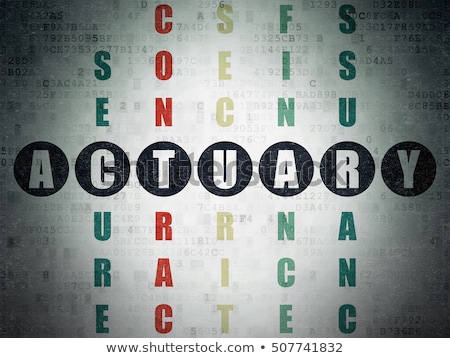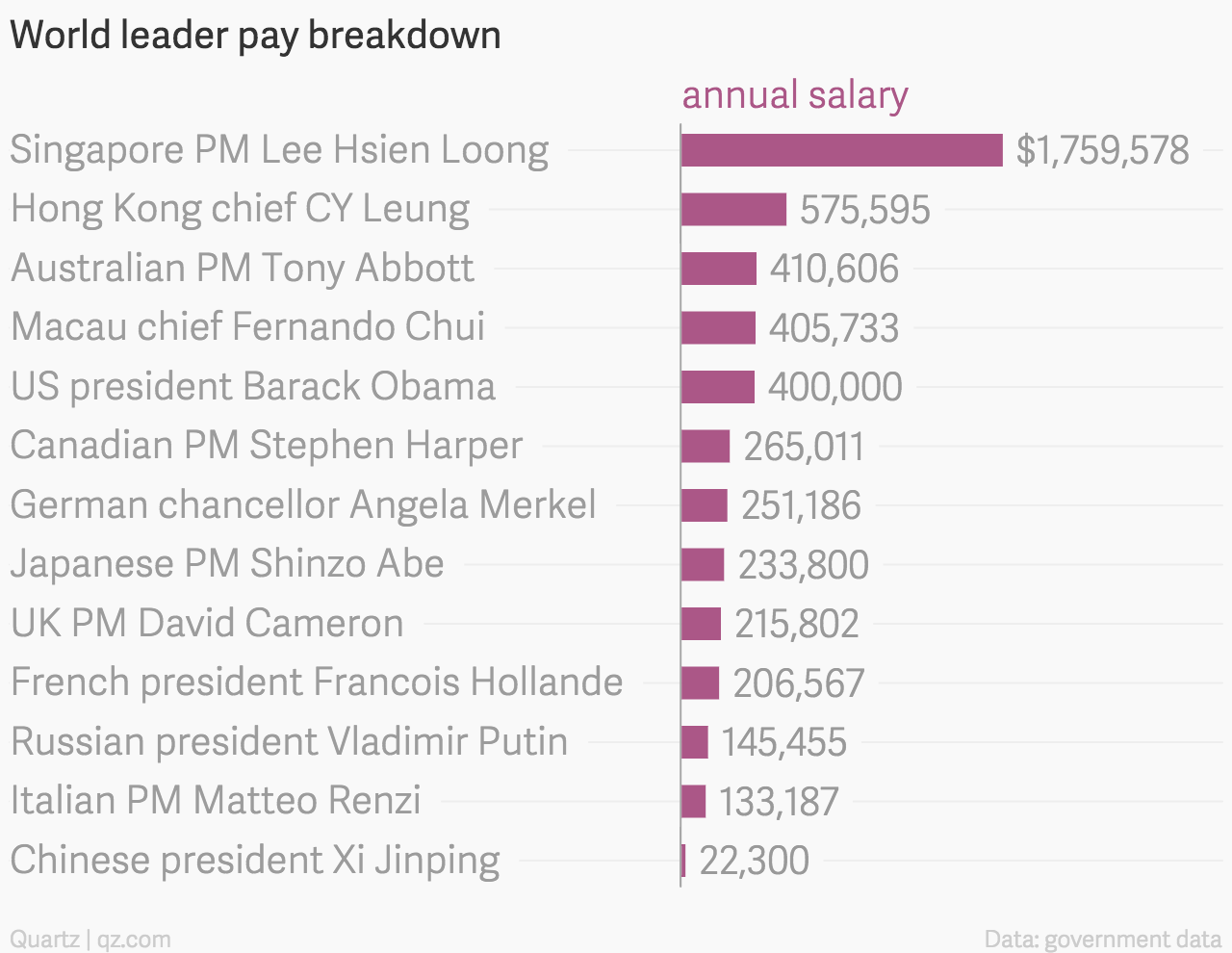17 Mar relevant and irrelevant cost: Relevant Costs vs Irrelevant Costs Explanation Examples
Содержание

Relevant information is the predicted future costs and incomes that will differ among the alternatives relevant information . Relevant costs are the costs which would change as a result of the decision under consideration, where as irrelevant costs are those which would remain unchanged by the decision. Therefore only relevant cost would be included in the investigative framework .
Note that whereas all variable costs vary with the level of activity or output level, the fixed costs remain fixed within relevant range of activity. Relevant range means the output range at which a company expects to be operating at short term planning horizon. It also essentially represents the output levels that the company has had experience of operating in the past and for which cost information is available. However, example of fixed cost is salary of a factory supervisor which tends to remain fixed within a certain level of activity. Hence, the fixed cost which represents salary of factory supervisor will change. This therefore supports the assertion that fixed costs remain fixed within a relevant range of activity.
Explore relevant and irrelevant costs in accounting, and learn about their definitions and examples. Relevant cost is a managerial accounting term that describes avoidable costs that are incurred only when making specific business decisions. The concept of relevant cost is used to eliminate unnecessary data that could complicate the decision-making process. As an example, relevant cost is used to determine whether to sell or keep a business unit. Irrelevant costs are costs, either positive or negative, that would not be affected by a management decision.
- Because these costs have already been incurred, they are «sunk costs» or irrelevant costs.
- Relevant cost, in managerial accounting, denotes to the incremental and unnecessary cost of implementing a business decision.
- These costs will stay the same whether we keep our home design branch or eliminate it.
- Each type of cost provides information that must be taken into account.
- Your opportunity costs are $250,000 ($1,250,000 – $1,000,000) in cash flow.
- A change in the cash flow can be identified by asking if the amounts that would appear on the company’s bank statement are affected by the decision, whether increased or decreased.
In the arena of Management accounting, one feature of relevant cost is that they are future costs which have not been incurred. Hence the cost of material is relevant cost as long as the material not purchased because of deciding whether or not to purchase the material, one is to decide to sustain the cost or evade it. Whether particular costs and profits are relevant for decision making depends on decision circumstance and the options available. When selecting among different alternatives, manager must focus on the costs and revenues that differ across the decisions alternatives; these are relevant cost/revenues .
Example of Relevant Costs
If fixed costs change as a result of decision, the increase in costs represents a differential cost. If fixed costs do not change as a result of a decision the differential cost is zero. The technique of relevant costing is applied to a single decision.

Cost of skilled labour Rs.5,70,000 is the extra cost to the company because of this contract. It is the replacement cost of semi-skilled labour by skilled labour. It can only be used on another product, the material for which is available at Rs.1, 35,000 (Material X requires some adaptation to be used and costs Rs.27,000). Production volume – this can increase by 50% because currently each item takes 0.5 hours in Operation 2, but 0.25 hours per unit will be released by Operation 1 which now will not be needed. Material – if the buy-in option is accepted, the material cost increases from $12 to $15 per unit. The closure of Production Line A would also result in the revenue lost being greater than the value of the costs saved, so this isn’t a good idea either.
B.) The depreciation of the new additional machine, $10,000, is relevant since the company will incur such cost only when it decides to buy the new machine. E.g. A total of $ 178, 560 will have to be incurred as direct material cost if HIJ undertakes the above-mentioned project. E.g., At present, HIJ operates at full capacity and does not have extra production capacity in its factory. Thus, if the company decides to proceed with the above order, HIJ will have to rent out new production premises temporarily for a cost of $ 23,000.
There are many types of costs that are made such as fixed cost, variable cost, operating costs, sinking cost, etc. Fixed costs – the costs that generally comprise of overheads that must be incurred irrespective of activity type and activity levels. For example, monthly rent of factory or office building, fixed line rent portion of utility bills, fixed periodic charges of using a facility, machine or equipment etc. Thus, the depreciation on the new machine and variable cost saving is the only relevant cost.
Immediately we can say that the $300,000 purchase cost is a sunk cost and the $50,000 book value and $25,000 depreciation charge are not cash flows and so are not relevant. The difference in costs in choosing one alternative over another is known as differential cost. Incremental cost refers to the increase in cost when choosing an alternative. A relevant cost is always said to be a variable cost, and an irrelevant cost is always said to be a fixed cost. An example of this can be when a new piece of furniture is purchased and replaced with an item of old furniture, then the cost of that old furniture is said to be the sunk cost.
OPPORTUNITY COSTS: At Operations levels
Sale proceeds – this is a relevant cost as it is a cash inflow which will occur in 10 years as a result of the decision to invest. A.) The depreciation of the old machine, $5,000, is irrelevant since the company will continue to depreciate the machine until the end of its useful life. Whether the company purchases the new equipment or not, it will still incur the $5,000 depreciation.

A relevant cost is also defined as a cost whose amount will be affected by a decision being made. Management should believe only future costs and revenues that will differ under each alternative . Relevant costs are accepted future costs and relevant profits are expected future revenues that differ among the alternative course of action being considered .
It considers all the incremental costs attached to that particular decision and only considers one project at a time. While technique of differential costing is applied when there are more than one decisions. It considers all the revenues and costs of those projects to identify the difference between them. Things that are fixed overhead costs, like building rent and facility insurance, are irrelevant costs.
Relevant vs irrelevant costs
Irrelevant costs are generally for the long-term as they are mostly capital or one-off expenditures. For instance, if a company is planning for ten years ahead, then it would consider all types of costs, including the fixed and sunk cost that it might incur. As irrelevant costs are not affected by a decision, they are ignored in decision making. Though, even long term financial decisions such as investment assessment may use the fundamental principles of relevant costing to make easy an objective appraisal. Opportunity costs are the revenues that are lost by choosing to keep the home design branch versus eliminating it.

Hence, the exercise of identifying https://1investing.in/ and irrelevant costs needs to be done afresh every time a new decision or activity is considered. Relevant costs include the expected costs that a company plans to incur. It may consist of differential, avoidable, and opportunity costs. Differential cost is the cost gap or difference between the two choices. Avoidable costs are the cost that a company can avoid by making one choice over another. Opportunity costs are the revenues that a company foregoes by making one decision over another.
Effect on Cash Flows
We talk about how people who aren’t relevant and irrelevant costants so often ignore the cost of continuing a project just because they have spent a lot of money already. The future of HS2 should be decided on a cost benefit analysis, particularly now that the total cost is soaring. Here the £5 pay-off arises from the decision to employ Van Gall in the first place.
Further processing Component A to Product A incurs incremental costs of $6,000 and incremental revenues of $5,000 ($12,000 – $7,000). It is not worthwhile to do this, as the extra costs are greater than the extra revenue. Annual insurance cost – this is a relevant cost as this is an additional fixed cost caused by the decision to invest. Depreciation is not a cash flow and is dependent on past purchases and somewhat arbitrary depreciation rates. By the same argument, book values are not relevant as these are simply the result of historical costs and depreciation.
Difference Between Declaration and Definition in C
Irrelevant costs are those that will not cause any difference when choosing one alternative over another. A big decision for a manager is whether to close a business unit or continue to operate it, and relevant costs are the basis for the decision. Assume, for example, a chain of retail sporting goods stores is considering closing a group of stores catering to the outdoor sports market. The relevant costs are the costs that can be eliminated due to the closure, as well as the revenue lost when the stores are closed. If the costs to be eliminated are greater than the revenue lost, the outdoor stores should be closed.
In such instances, the use of related and irrelevant cost becomes very important to find out whether or not the new decision might be profitable or not. Relevant cost of materials is the incremental future cost of utilizing supplies in a proposed enterprise choice. The previous cost that has already been incurred on acquisition of supplies just isn’t relevant as a result of it constitutes a sunk price.
An item of cost may be relevant for one scenario and irrelevant for different. A related price is a value that solely relates to a specific management decision, and which is able to change sooner or later on account of that call. The related value idea is extremely helpful for eliminating extraneous data from a specific choice-making process. The basic ideas of relevant costing are fairly simple and managers can maybe relate them to private experiences involving monetary choices. Irrelevant prices are the costs that are not affected by making a business decision since they don’t have an effect on the future money flows. Irrespective of whether or not the choice is made or not, these costs will have to be incurred.
Sorry, the comment form is closed at this time.